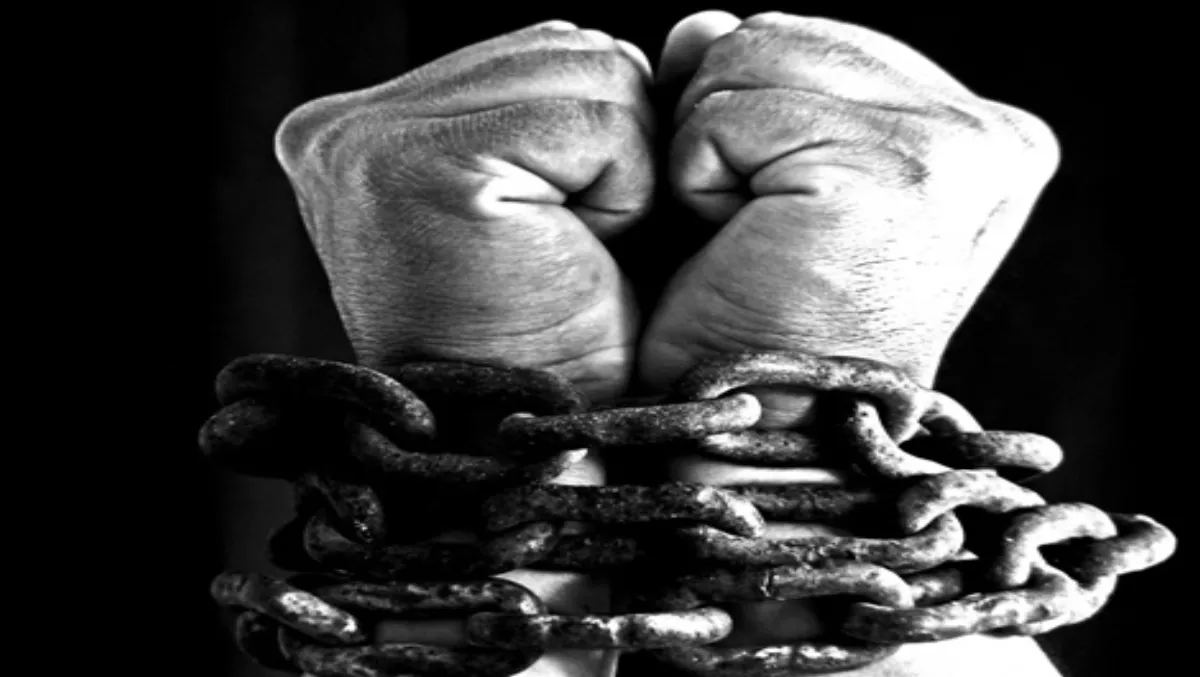The functionality and capabilities of an organisation’s Enterprise Resource Planning (ERP) solution has a direct impact on business processes and the bottom line. Technology is constantly evolving and upgrading can be a difficult decision. Keep your current solution and you run the risk of falling behind the times and losing functionality as your business expands. Upgrading involves additional investment into new technology and an adjustment for all employees to new business processes.Five drivers of change can assist organisations when making this decision:
- Business Processes: Is your ERP solution hindering the progress of your business?
- Systems Technology: Does your ERP solution give you strategic advantages and integrate well with other software?
- Software Vendor: Is your vendor a stable organisation, and does it provide you with the most up-to-date technology options?
- Reporting: Does your system allow easy access to both recent and archived data?
- Total Cost of Ownership: Does the total cost of ownership justify the cost of upgrading your solution?
Business ProcessesOlder ERP solutions can be inflexible and mean an organisation has to mould its processes around software functionality rather than business needs. However, as businesses transform and grow, a gap is created between what employees need from their ERP solution and the functionality it realistically provides. When inefficiencies become too much of a burden on the organisation, it is natural to want to amend the processes to improve productivity. As a result, employees look to alternative ways to get the job done, and often this can result in multiple spreadsheets and double entry of data. By not utilising the existing ERP solution, it becomes redundant, and organisations run the risk of data discrepancies as employees adjust to use their own processes, and information is not inputted into the correct system. A benefit to upgrading an ERP solution is that a modern system collates and stores all information in a central database, increasing the ease of reporting and reducing the possibility of errors. Upgrading a solution also means there is an opportunity to analyse and revise business processes - manual processes and paper documents can be reduced, and staff productivity increased by capitalising on the improved functionality and capabilities of the new system. Systems TechnologyTechnology is constantly evolving - we can see it when looking at the advancements made with operating systems or Smartphones. We can also see it in ERP solutions. Older solutions often have multiple software systems which look after various aspects of the business. The problem with these systems is they often do not integrate with each other. This leaves staff working on antiquated systems with multiple data entry portals, resulting in reduced productivity and frustration with the software. A modern ERP solution will centralise all data under one system, ensuring easy access to information regardless of input location. It is not enough though to just upgrade to the latest solution; an organisation needs to factor in its existing software and consider the expertise of its IT team. Newer ERP solutions have the ability to modify software but not fully customise it, so the business will still be running a core system, but it will be targeted for specific requirements. This ensures that the solution is not customised to such an extent that it takes the solution off the future upgrade path, allowing independent changes to be made to take advantage of new functionality. Software VendorChoosing the right vendor is an important part of any upgrade or implementation, as it is not just the product being purchased - a relationship is being developed with the vendor and they are being entrusted with efficiency and productivity within the organisation.ReportingInformation and data should not be something locked away. Employees spend 45% of their day creating and searching for information, and retrieval of archived data can often be time consuming and frustrating. Older ERP solutions are good at collecting data but are limited when it comes to retrieving data for reporting. To be a strategic asset, the data stored in an ERP system needs to be easily accessible to everyone in an organisation. Modern ERP systems allow for more flexible reporting capabilities - in some cases employees are able to develop their own reports without contacting IT staff for assistance. Newer systems also run in ‘real-time’, meaning the data that is retrieved is the most recent and up-to-date. This is not always the case with older systems which often update overnight rather than instantly. Total Cost of OwnershipThe Total Cost of Ownership is the cost attributed, not just to the hard costs of owning the software (such as license purchase and maintenance), but also to the cost of operating the software, usually measured in employee productivity and time.When looking to upgrade an ERP solution, it is important to take into consideration this total cost of ownership and balance it out against anticipated time savings, productivity gains and increased revenue opportunities that may arise from implementing a new solution.There are a number of variables that need to be considered when upgrading an ERP solution. Older solutions often present challenges for organisations looking to evolve, as productivity and efficiency is dictated by the limited functionality of their current ERP system. The business landscape is constantly changing, and it is important to ensure technology keeps up with the organisation’s requirements, without breaking the bank or causing excessive disruption to staff.The five drivers of change mentioned above can be used to determine an organisation’s actual need for a new solution. By evaluating business processes, current technology, vendors, reporting options and total cost of ownership, an organisation will be able to determine whether or not the current challenges they face can be solved by upgrading to a more modern ERP solution.


